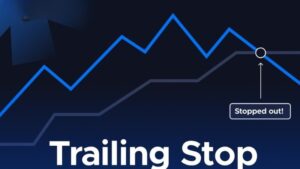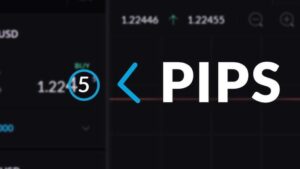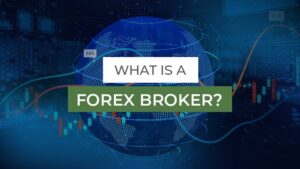Gold has once again become the market spotlight! The latest report from the World Gold Council indicates that global inflation and rising geopolitical risks have further strengthened gold’s “safe-haven appeal.”
Want to stabilize your assets with gold? How should you choose between physical bullion and CFD trading? And why are smaller bars often more expensive? Let’s break it all down clearly.

Check the “Weight” First When Buying Gold Bars: 3 Key Insights
When investing in physical gold, “weight” is not just about price—it affects liquidity, storage costs, and market accessibility!
- For beginners: 10g bars have a lower entry threshold and are ideal for testing the waters.
- For high-net-worth investors: 1kg bars offer lower unit costs and higher liquidity, making them ideal for mid- to long-term investment.
- For institutional-level operations: 400-ounce bars (about 12kg) are reserved for banks and vault-level players.
2025 Mainstream Gold CFD Trading Specifications
| Weight range | Target investors | Features |
| 1g–20g | Beginners, gift buyers | Easy entry, but higher cost per gram |
| 50g–100g | Conservative investors | Flexible allocation, risk diversification |
| 1kg+ | High-net-worth individuals, institutions | Lower cost, highly liquid |

Conversion Tips: How Much Is a 1kg Gold Bar Worth?
Gold is typically measured in grams, kilograms, and ounces. Remember these formulas to instantly understand pricing:
- 1 ounce ≈ 31.1 grams
- 1 kilogram ≈ 32.15 ounces
Practical Example
Assume that in April 2025, the gold price is $2,180 per ounce. How much is a 1kg bar?
- 1kg × 32.15 ounces × $2,180 ≈ $70,088
(About TWD 2.25 million at an exchange rate of 32.1)
Tip:
Smaller bars usually cost more per gram because of higher minting costs, retail premiums, and gift demand. Want better value? Larger bars are more cost-effective!

Physical Gold Bars vs. Gold CFDs: Which Suits You Best?
[Physical Gold] Pros and Cons
✅ Pros: Tangible, transferable, and safe during financial crises.
❌Cons: Storage fees, slower liquidity, and price impact from premiums.
[Gold CFD] Three Flexible Advantages
- Leverage boost: With 1:200 leverage, small capital can capture big moves.
- 24/5 two-way trading: Profit from both rising and falling prices, even during overnight volatility.
- No physical hassles: No weight calculations or insurance needed—just click and trade online.
Platform Recommendation: Ultima Markets Gold CFDs
As a professional forex and precious metals trading platform, Ultima Markets offers highly competitive gold CFD trading services. Here are the top advantages in 2025:
- Low spreads and high liquidity: Spreads as low as 0.2, with lightning-fast execution.
- Flexible leverage: Ranging from 1:100 to 1:2000, adjustable to your risk profile.
- Two-way trading: Capture opportunities whether prices rise or fall.
- Multi-platform support (MT4): Comprehensive access to professional analysis tools.
- Global regulatory compliance: Your funds are safeguarded under multiple financial authorities.
- Dedicated education and demo accounts: Helping beginners master gold CFD trading techniques.

2025 Gold Investment Strategies: Tailored Approaches for 3 Types of Investors
Goldman Sachs and UBS predict that in 2025, gold prices will range between $2,150 and $2,300 per ounce—and could reach new highs during market turmoil.
- Short-term traders: Use CFD leverage to ride volatility, entering and exiting quickly for spreads.
- Medium-term investors: Buy 50–100g bars in batches to average costs and reduce risk.
- Long-term holders: Invest in 1kg or 400-ounce bars as a core asset to hedge against inflation.
Gold bars are not decorations—they’re “asset insurance” that withstands economic cycles.
Whether you prefer the tangible security of physical gold or the flexibility of CFDs, understanding weight conversions and market rules is the key to safeguarding your portfolio and amplifying returns.
🚀 2025 is the golden moment for gold!
Open an Ultima Markets CFD trading account today—use the right tools, and even small capital can grow into a mountain of gold!



